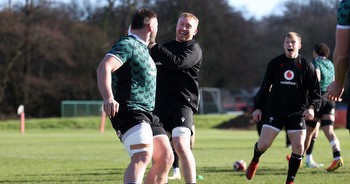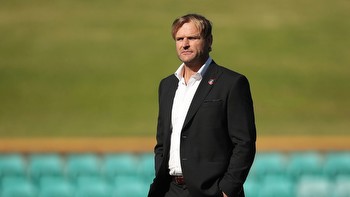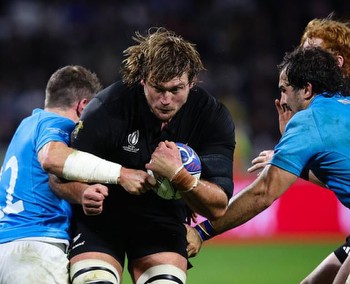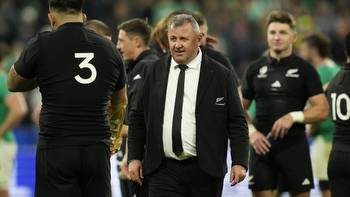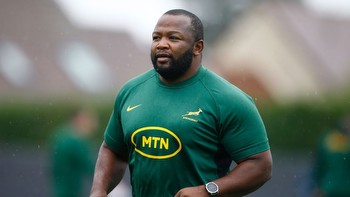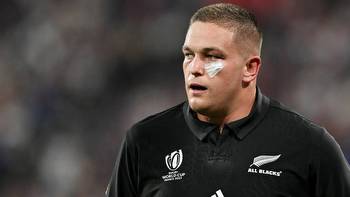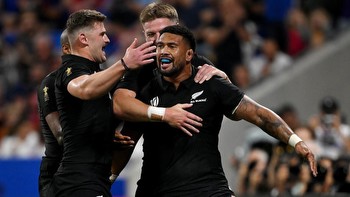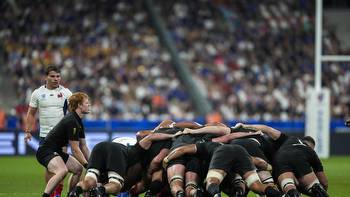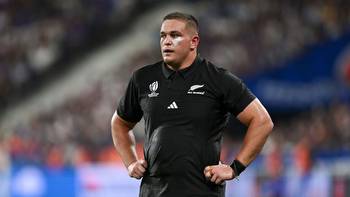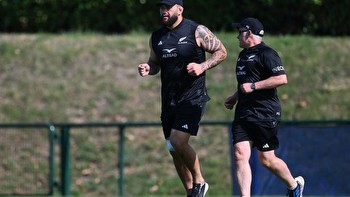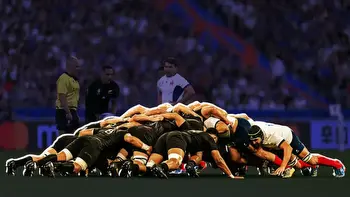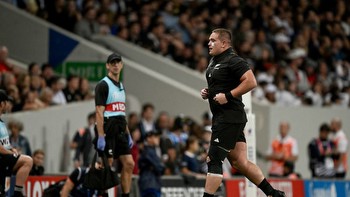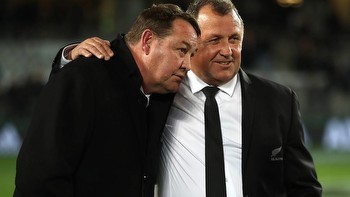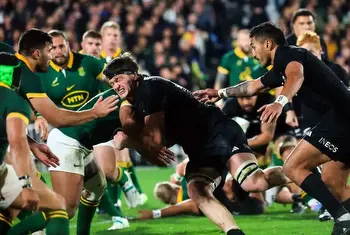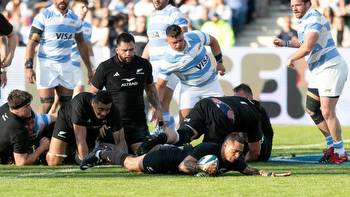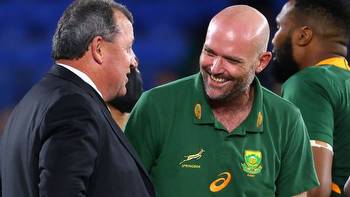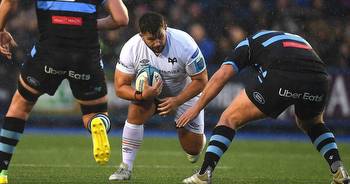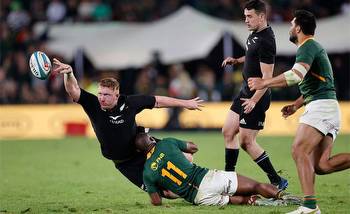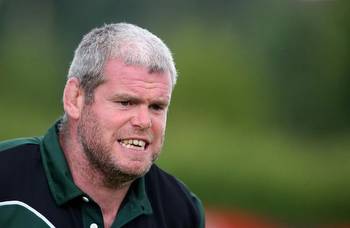Rugby World Cup 2023: The unlikely All Black who is now their most integral player
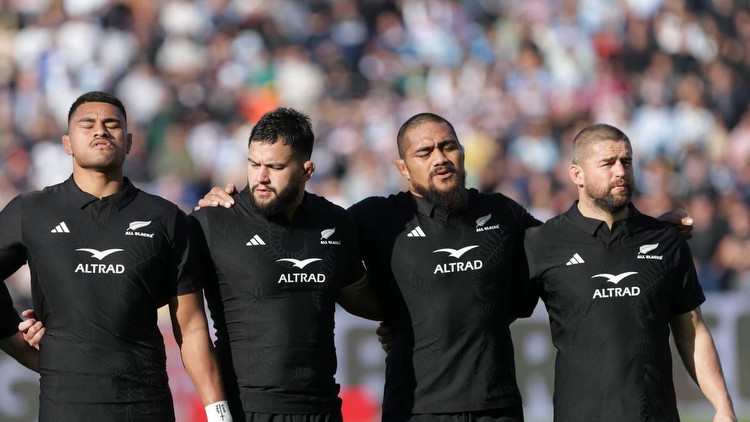
This is shaping as a World Cup at which the biggest men with the least glamorous roles are going to finally be cast as the greatest assets in the game.
This is going to be a scrummaging World Cup. A tournament where the dark art will have a major role in determining who wins and a tournament that makes household names of the big men in the low-numbered jerseys.
The French rugby public love the big men. They love the psychology of the scrum and its importance in making rugby the game it is, and this tournament has already seen French tighthead Uini Atonio boost his considerable profile.
So too have the contingent of Irish props enhanced the collective mystique of front-rowers by giving such supremely athletic and technically excellent performances in the demolition of Tonga.
World Cups tend to build on themes and romanticise the importance of a specific position, and this tournament is going to belong to the front-rowers generally, but the tight-heads specifically.
Which means that the All Blacks’ fate at this tournament sits heavily on the giant shoulders of Tyrel Lomax and how well he can return to action after suffering a nasty cut in his thigh during the test with South Africa two weeks before the World Cup.
It was a horror injury – his leg split open down to the muscle after he was accidentally stood on by a South African player.
Fixing it required 30 stitches, but at various depths and then a slow, careful rehabilitation which saw him complete multiple boxing sessions before his leg was deemed okay to run on.
He stands now on the brink of a playing return and his value to the All Blacks has soared in his absence.
The All Blacks scrum creaked without him against France and while it was back with a vengeance against Namibia, that match highlighted that Lomax is the one tight-head in the squad with the capacity to become a superstar at this tournament.
Nepo Laulala, who started against France and Namibia, is probably the better scrummager.
He’s that bit more experienced and at 133kg, he’s bringing a weight to power ratio that is difficult to resist.
But while Lauala may be the scrummaging tight-head the All Blacks need, he’s not an all-court player and certainly doesn’t bring the ball-carrying grunt or off-loading skills of Atonio or the Irish contingent.
Against Namibia, Laulala’s limitations were exposed. He dropped the ball taking it into contact twice and in previous games for the All Blacks he’s had a few hairy moments trying to distribute.
Fletcher Newell, the other tight-head specialist among the six props, has the physical attributes and wider skill-set to become one of the game’s great, modern tight-heads.
He’s strong, he’s mobile and he’s comfortable on the ball – but he’s only just beginning his international journey and while stardom beckons, it probably won’t arrive until 2027 when he’s had more time to master his scrummaging craft.
Lomax, then, is the All Blacks’ everything right now. At 125kg he’s shown he can deal with the estimated one-and-a-half-tonnes of pressure that goes through the respective tight-heads in an international scrum.
He’s grown immensely as an international scrummager in the last year, and so too has he developed the sort of work-rate and dynamism to contribute effectively as a ball-carrier, tackler and stealer of turnovers.
Getting him back to full fitness will put the requisite horsepower into the scrum and significantly enhance the All Blacks’ physical presence at the tackled ball area.
If they are going to win this World Cup, they need 60 minutes per test out of Lomax – time in which he can produce the destructive scrummaging and heavy ball-carrying that are proving to be so critical at this tournament.
That he is now such an integral player for the All Blacks is something that he probably struggles to comprehend, having been in and out of the All Blacks squad after making his debut in 2018.
His potential was obvious, but so too was it in danger of being unfulfilled when he failed to make the initial squad of last year for the series against Ireland.
He’d had an erratic Super Rugby campaign where he felt like a red card waiting to happen and it was only when injury struck others that he earned a reprieve.
He came back into camp with a chip on his shoulder – a burning desire to prove himself – and he’s never stopped thinking like that even though he’s taken possession of the All Blacks No 3 jersey.
His attitude was a major factor in turning him around, but so too, says All Blacks forwards coach Jason Ryan, did Lomax develop a better appreciation of what it meant to be professional last year.
He cleaned up his diet, trained that bit harder, researched his role more deeply and became precisely the sort of hard-edged, dynamic, enduring tight-head the All Blacks need and with which the world has fallen in love.
Get full coverage of the Rugby World Cup.

